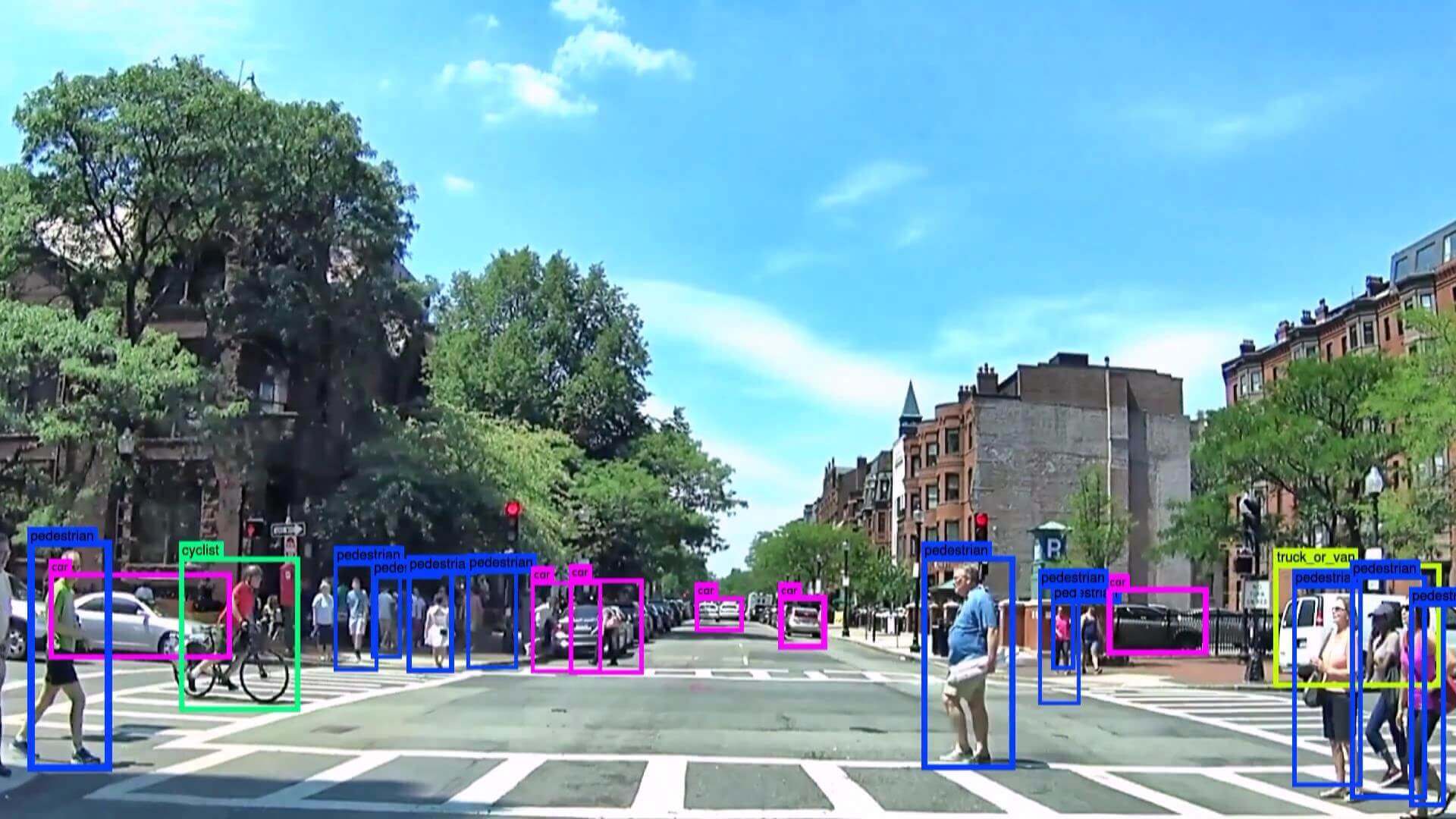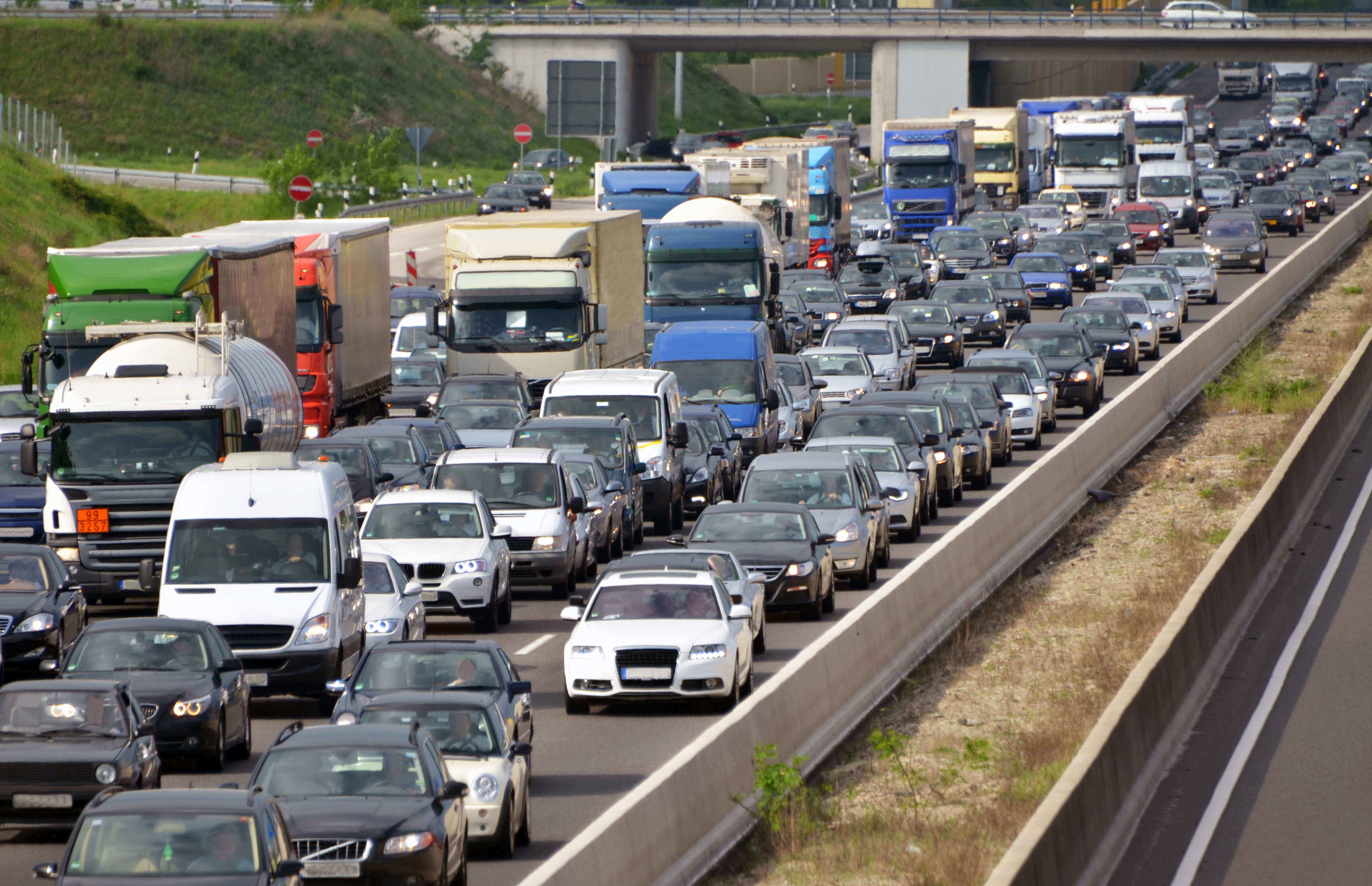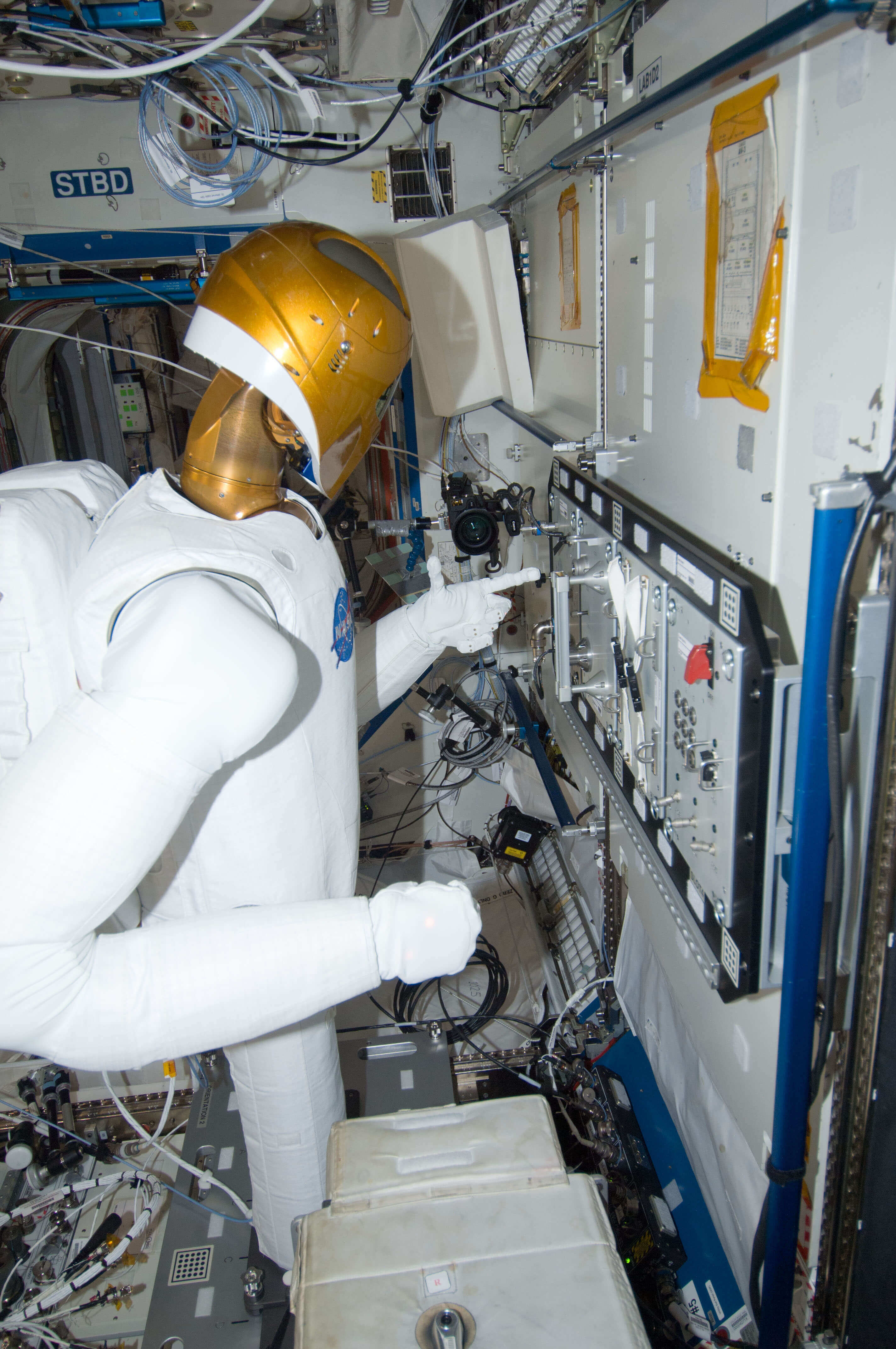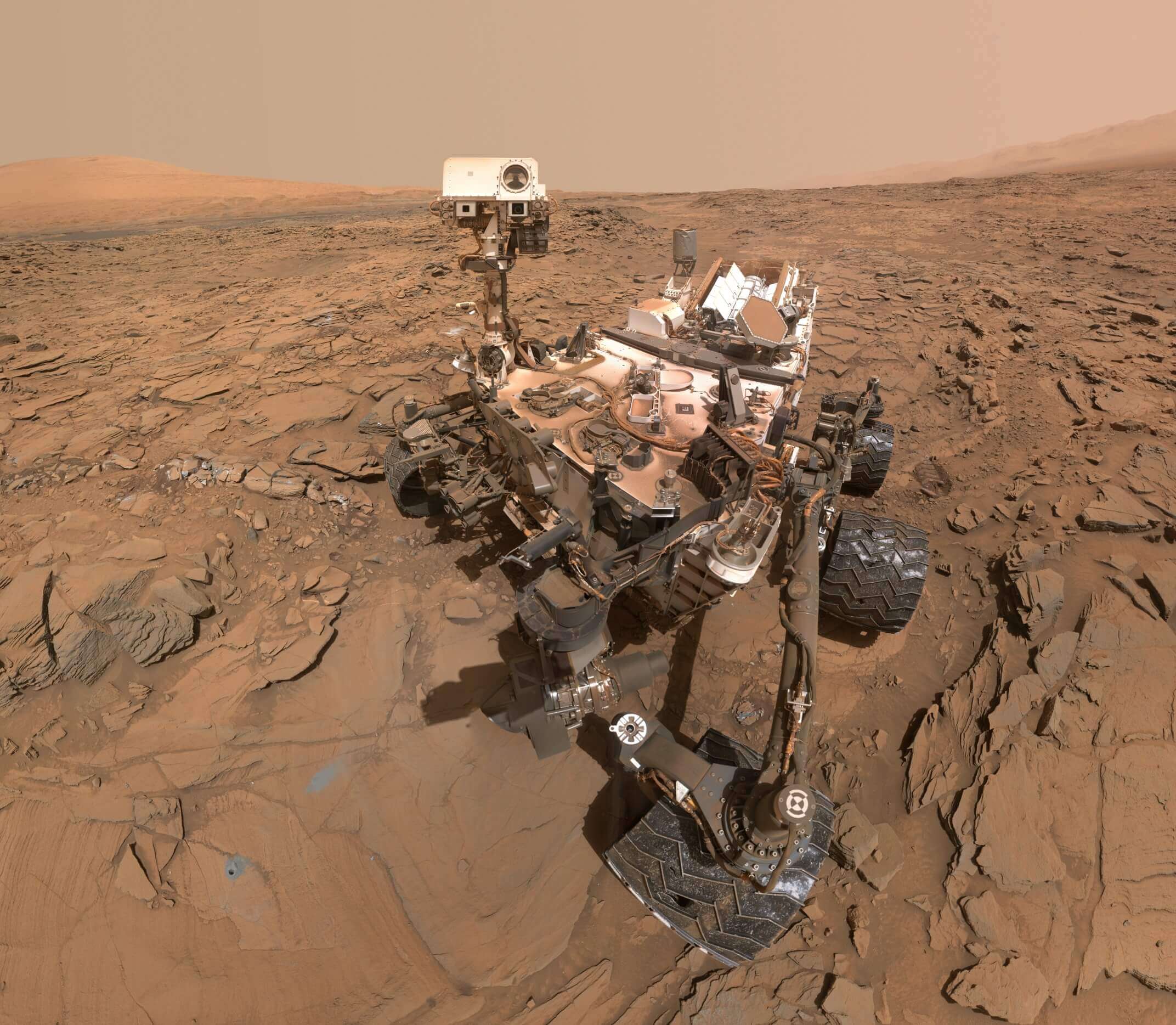



Self-driving cars need to react quickly to changing circumstances — a delay could mean a dangerous accident. Software originally designed to help rovers explore Mars has now been adapted to create a built-in "brain" for cars, drones, toys and more, that can recognize obstacles, track and follow objects, and more.
NASA uses robots where humans can’t yet go — like on Mars — or for tasks when humans are too busy, including on space station. The robots look different, depending on what they need to do, and they need special software to power the robot’s “brain.” Some of that software aims to give the robot specific instructions for any kind of situation it might find itself in (like how to move to avoid tripping over a rock) but newer artificial intelligence software aims to give the robot some parameters and the ability to determine how to respond to new situations itself.
Learn more about how NASA helped develop technology that impacts ai for self-driving cars within your city's automotive environment!